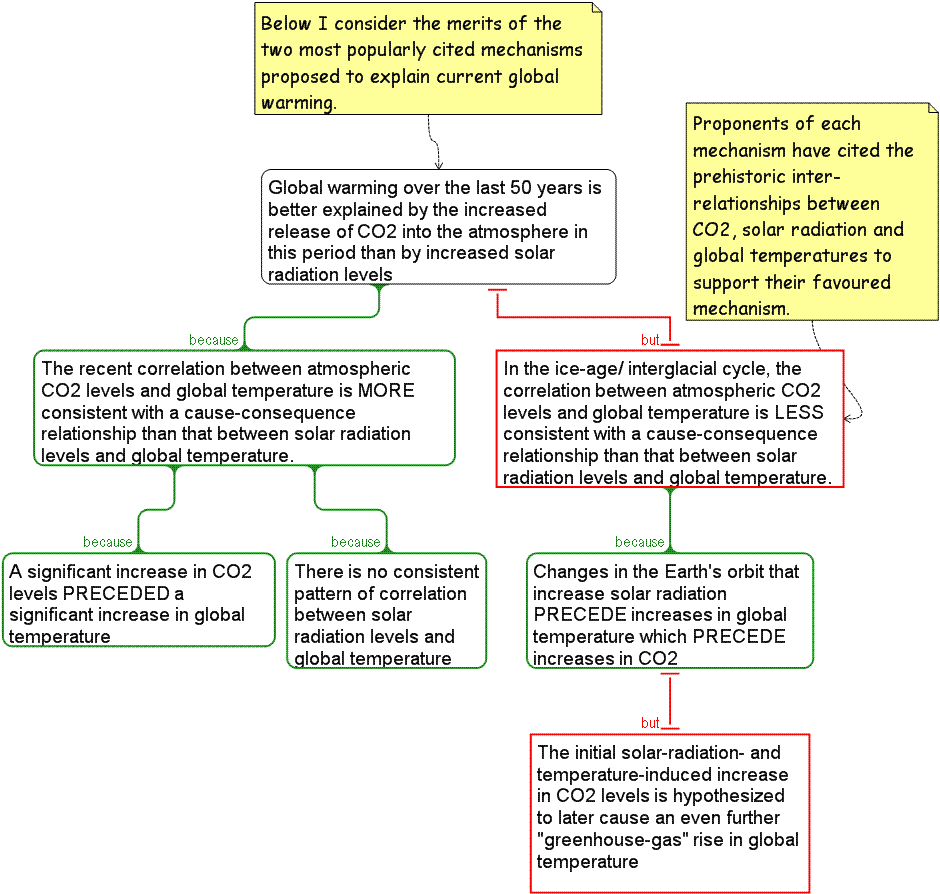The Science Of Scientific Writing Set A Intro to Paragraphs Features of Maps Examples of Maps Exercise 1 Quiz Diverse Organising Principles Example Exercise for Exercises 2-4 Exercise 2 Exercise 3 Exercise 4 Adding Non-core Content *Exercise 5* Final Page.
OVERVIEW: The way to well-written science
PART I: Paragraphs and Sentences
SET A: Paragraphs: The Maps Behind Them
SET B: Paragraphs: Using Maps to Meet Readers' Expectations
SET C: Paragraphs with Something Extra: Points and Tails
SET D: The Generic Section: Expectations and Maps as Blueprints
SET E: Scientific Sections: The Methods and Results
SET F: Scientific Sections: The Discussion
SET G : Scientific Sections: The Introduction
SET H : Sentences
SET I : The Paper as a Whole
PART II: The Paper and its Sections
SET 1: Argument Parts
SET 2: Indicator Words
SET 4: Locating Arguments in Prose
SET 5: Rationale's Essay Planner
SET 6: Evidence in Arguments: Basis Boxes
Synthesis 1: Position-Early Paragraphs
Synthesis 2: Position-Final Paragraphs
Synthesis 3: Writing a Discussion I
Synthesis 4: Writing a Discussion II
Adding in non-core content
Earlier it was stressed that the core of each map type should stick to its own mode of discourse (Description/Report, Explanation or Argument). But any type of discourse can have non-core (or parenthetical) content of some other mode. Non-core content may conform to one of the three modes of discourse we have already discussed, or may conform to one or more of many other modes of discourse that we will not try to discuss exhaustively here. The important thing to understand is that we can add in many types of "commentary" to a map, but the commentary should not overwhelm the main thrust of the map.
One of the few other modes of discourse worth giving a name to is exemplified in the sentence in the top-most yellow box in the map below. This sentence belongs to the mode of discourse called metadiscourse, or, less technically, signposting. Signposting content is "self-referential" in that it tells us something about the nature of the map itself. Written text especially may contain a considerable amount of signposting, to compensate for the reduced navigational assistance typical of linear text (vis-a-vis the many cues embedded in a map's visual layout). Signposting may take up entire sentences, as here, or be provided by words and phrases such as: firstly, partly, in conclusion, considering these two arms of the argument together, etc

......